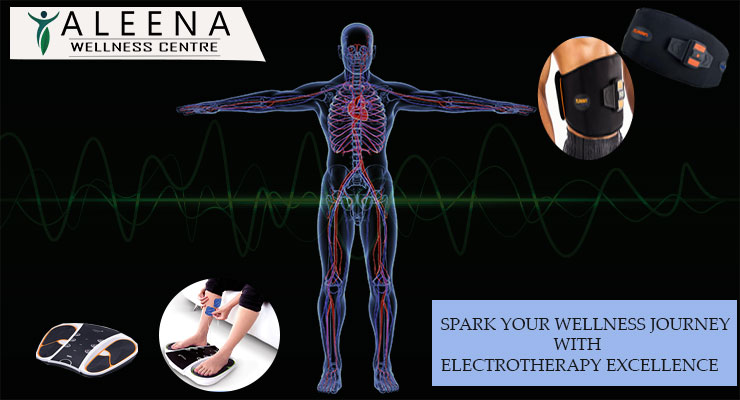
Electrotherapy, a treatment method utilizing electrical energy, has a rich history and a wide range of applications in modern healthcare. In this article, we'll explore the origins, mechanisms, and versatile applications of electrotherapy in promoting wellness and healing.
A Brief History
The roots of electrotherapy can be traced back to ancient civilizations that harnessed electrical shocks for therapeutic purposes. However, the scientific understanding of electricity's role in healing began in the 18th century. Luigi Galvani's experiments with frogs' muscles and electricity laid the foundation for the field, leading to the development of various devices in the 19th and 20th centuries.
How Electrotherapy Works
Electrotherapy employs electrical currents, frequencies, and waveforms to stimulate nerves, muscles, and tissues. Its primary mechanisms include:
Pain Management: Electrotherapy can interfere with pain signals using the gate control theory, reducing pain perception.
Muscle Stimulation: It aids in muscle rehabilitation and recovery after injuries or surgeries by contracting muscles.
Tissue Healing: Some modalities, such as ultrasound and electrical stimulation, enhance tissue healing by increasing blood flow and cellular activity.
Nerve Stimulation: Electrotherapy can stimulate nerves to assist in nerve-related conditions or nerve function recovery after injury.
Applications of Electrotherapy
Electrotherapy finds diverse applications in healthcare and wellness:
Physical Therapy: It aids in muscle and joint rehabilitation, enhancing strength and mobility post-injury or surgery.
Pain Management: Transcutaneous Electrical Nerve Stimulation (TENS) units are used for chronic pain conditions like back pain and neuropathy.
Sports Medicine: Athletes use electrotherapy to recover from injuries, reduce muscle soreness, and improve performance.
Wound Healing: Electrical stimulation accelerates wound healing, particularly for chronic or non-healing wounds.
Neurorehabilitation: Techniques like Functional Electrical Stimulation (FES) help individuals with neurological disorders regain mobility.
Safety and Precautions
Electrotherapy should always be administered under the guidance of trained professionals to avoid adverse effects like burns or skin irritation. Individuals with certain medical conditions, such as pacemakers or epilepsy, should exercise caution or consult with a healthcare provider before undergoing electrotherapy.
The Final Word
Electrotherapy, rooted in ancient practices and refined by modern science, offers a powerful tool for promoting wellness and healing. Its versatility in pain management, muscle rehabilitation, and tissue healing makes it an integral part of modern healthcare. As research continues to advance, electrotherapy promises to play an increasingly vital role in enhancing our overall well-being.
Aleena Wellness Centre